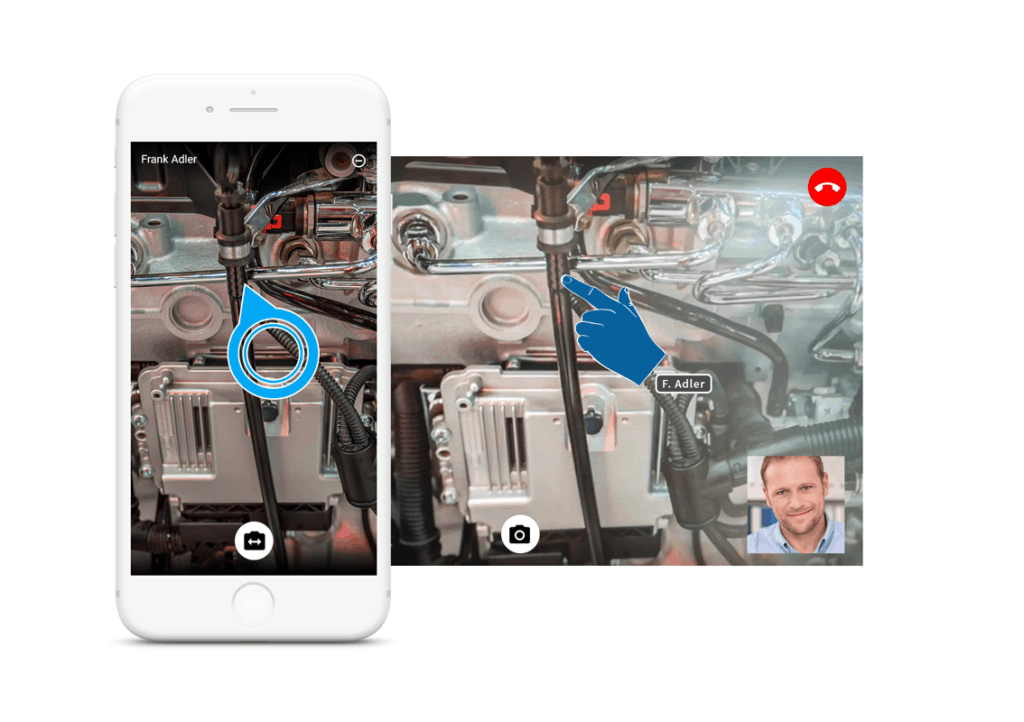In the context of the omnipresent digitisation efforts of industry, the technological fusion of reality and virtuality is also increasingly coming to the fore in the service business. Augmented reality (AR) is considered a future technology with broad application potential. Therefore, we are often asked whether we use AR technology in our remote service solution RISE and how we assess the state of development.
Differences between virtual and augmented reality
While VR represents a completely virtual world and is displayed in “closed glasses”, AR projects additional information into the real world. The spectrum of augmented reality ranges from pick-by-vision as support for picking activities to step-by-step instructions for product assembly.
Augmented reality in the industrial environment
While AR can already be experienced in the private sphere through various tools and games, in our opinion its use in the industrial sector is not yet sufficiently practical. Possible applications in service are quickly found, such as interactive assembly instructions or the support of service employees, but the practical challenges fail. The difficult conditions in field service, such as poor lighting conditions, a complex room profile, a poor or fluctuating internet connection currently still affect functionality.
However, reliability is indispensable, especially for service work on critical systems. In addition, the use of augmented reality requires the latest hardware, which is rarely already available and thus represents a considerable investment. This is accompanied by a lack of acceptance among field staff. In our estimation, it will take another five to ten years before the technical prerequisites for widespread AR use in field service are met.
Use of AR at RISE

At RISE Technologies, we focus on a simple and sophisticated remote service solution for service staff in the field. With functions such as the remote connection of an expert in real time via video or the live processing of image and video material, we use “assisted reality” instead of “augmented reality”. We are constantly monitoring developments in augmented reality and validating its practicality. However, we will only integrate AR when it is 100% suitable for practical use.
We welcome your suggestions and questions and will be happy to provide you with advice and support.
